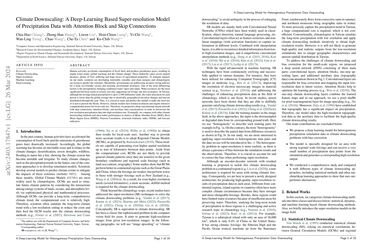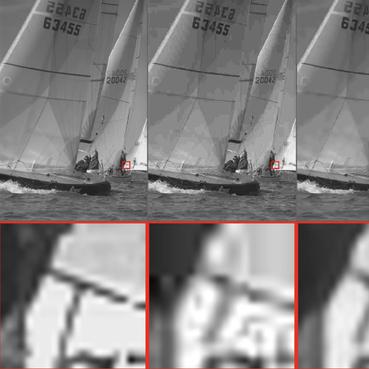Climate Downscaling: A Deep-Learning Based Super-resolution Model of Precipitation Data with Attention Block and Skip Connections
Human activities accelerate consumption of fossil fuels and produce greenhouse gases, resulting in urgent issues today: global warming and the climate change. These indirectly cause severe natural disasters, plenty of lives suffering and huge losses of agricultural properties. To mitigate impacts on our lands, scientists are developing renewable, reusable, and clean energies and climatologists are trying to predict the extremes. Meanwhile, governments are publicizing resource-saving policies for a more eco-friendly society and arousing environment awareness. One of the most influencing factors is the precipitation, bringing condensed water vapor onto lands. Water resources are the most significant but basic needs in society, not only supporting our livings, but also economics. In Taiwan, although the average annual precipitation is up to 2,500 millimeter (mm), the water allocation for each person is lower than the global average due to drastically geographical elevation changes and uneven distribution through the year. Thus, it is crucial to track and predict the rainfall to make the most use of it and to prevent the floods. However, climate models have limited resolution and require intensive computational power for local-scale use. Therefore, we proposed a deep convolutional neural network with skip connections, attention blocks, and auxiliary data concatenation, in order to downscale the low-resolution precipitation data into high-resolution one. Eventually, we compare with other climate downscaling methods and show better performance in metrics of Mean Absolute Error (MAE), Root Mean Square Error (RMSE), Pearson Correlation, structural similarity index (SSIM), and forecast indicators.
PDF Abstract

